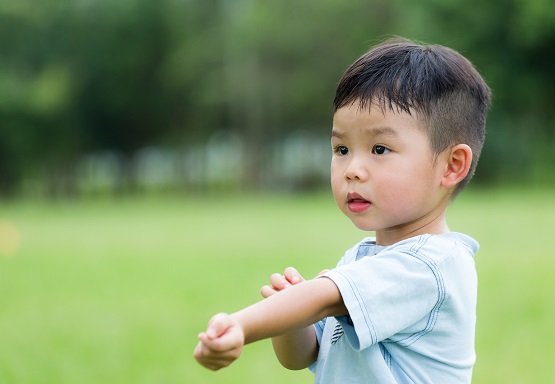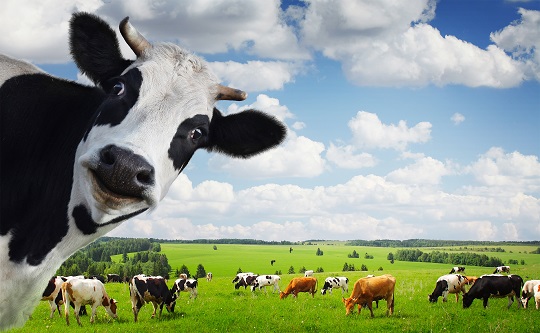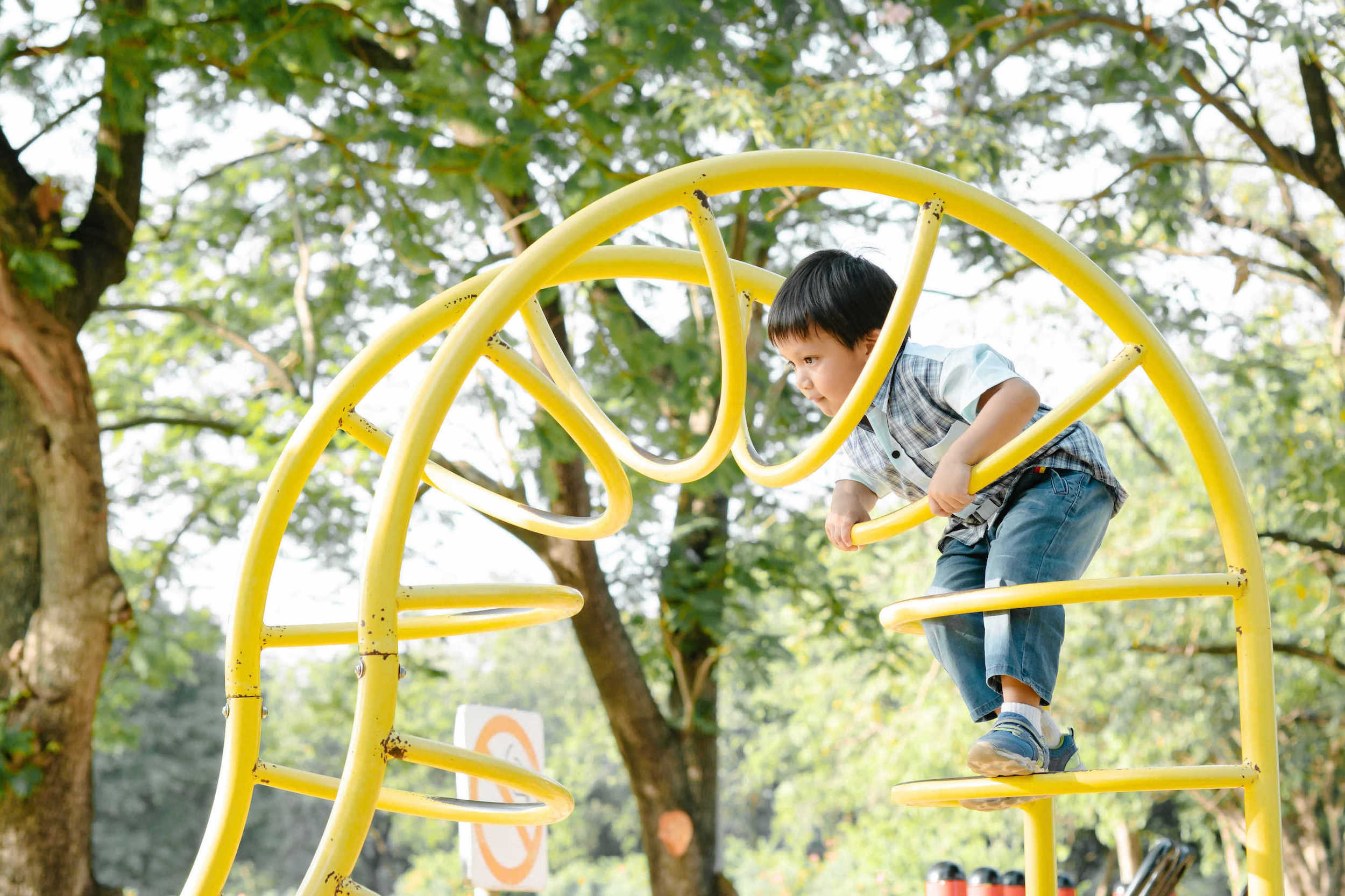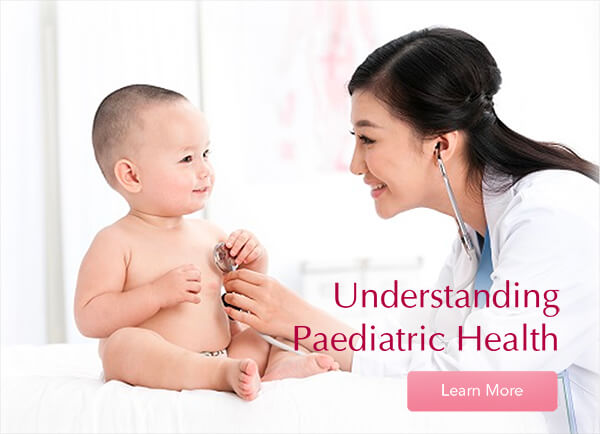When Food can Harm

DEFINE ‘ALLERGY’
A food allergy is a response by the body’s immune system to a particular food, known as a food allergen. The immune system responds to the allergen as if it were toxic, producing antibodies called Immunoglobulin E (IgE), which in turn triggers the release of histamines that cause an allergic reaction.
COMMON ALLERGENS
The ‘Big 8’ food allergens, which are responsible for over 90% of food allergies in children and adults, are:
Eggs, milk, and peanuts are the most common causes of food allergies in children, followed by wheat, soy, and tree nuts. Peanuts, tree nuts, fish, and shellfish commonly cause the most severe reactions. Although most children ‘outgrow’ their allergies by the age of five or six, allergies to peanuts, tree nuts, fish and shellfish may be lifelong.
An allergic reaction could be accompanied by some or all of the following symptoms: a skin rash such as hives or eczema, swollen lips and face, itching, vomiting, stomach pain and diarrhoea. In more serious cases, the child could go into anaphylactic shock, which can lead to unconsciousness and even death.
Delayed-onset symptoms can occur any time after the allergen has been consumed or even touched, but usually within 20 minutes to two hours. Symptoms include vomiting, diarrhoea, bloating and cramps, but are usually not life-threatening.
FIRST AID
Sometimes, parents of children with severe food allergies carry a medication kit containing antihistamines and an EpiPen. This is an auto-injector that administers a dose of epinephrine (also known as adrenaline) that can reverse the symptoms of anaphylactic shock and save a life.
For mild reactions, antihistamine medications can relieve symptoms. If the child has difficulty breathing, severe vomiting and diarrhoea with abdominal pain, or looks pale and lethargic, medical advice should be sought immediately.
ADJUSTMENTS AND PRECAUTIONS
There is an inherited tendency to develop allergies, and there is no scientifically proven way to prevent them. However, breastfeeding for as long as possible can help to delay the onset of symptoms and may even help to lower the risk of developing them. Solids can be introduced slowly from six months onwards, beginning with single-ingredient foods at intervals of a few days apart, so that the baby’s response can be monitored.
If an allergy develops, complete avoidance of the allergens is the best course of action. For obvious reasons, eating out can be a minefield. Dine at restaurants with allergy menus only if your child’s allergic reactions are mild, since there is always a risk of cross-contamination from cooking utensils and tableware. Better still, eat at home, where you can be extra-vigilant. A blanket ban on the offending foods is the safest course of action. Scrutinise food labels as if a life depends on it, because it may.
When attending birthday parties, pack allergen-free treats for your child and be sure to inform the host of your child’s dietary restrictions. Likewise, bring packed food when travelling on planes, and avoid remote holiday destinations with limited access to medical facilities.
Overall, information is key to prevention. Inform teachers, friends, relatives, and everyone and anyone who is likely to be entrusted with the care of your child, even for a short while, about your child’s allergies.
When a child with a food allergy starts school, a whole new set of challenges arises. Obviously, ‘sharing is not caring’ for children with allergies. The Early Childhood Development Agency (ECDA) is reviewing the requirements of pre-schools in managing food allergies. A standard requirement is to display a list of children’s names and their respective allergies near the dining area, for all staff to easily reference.
Having an allergy sufferer in your family is undeniably stressful. However, your child may well outgrow his allergies, and being mindful of your family’s diet will not just benefit the allergy sufferer in your family, but everyone else, including the cook.
This short take is taken from our My Alvernia Magazine Issue #33. Click here to read the issue on our website or on Magzter.



